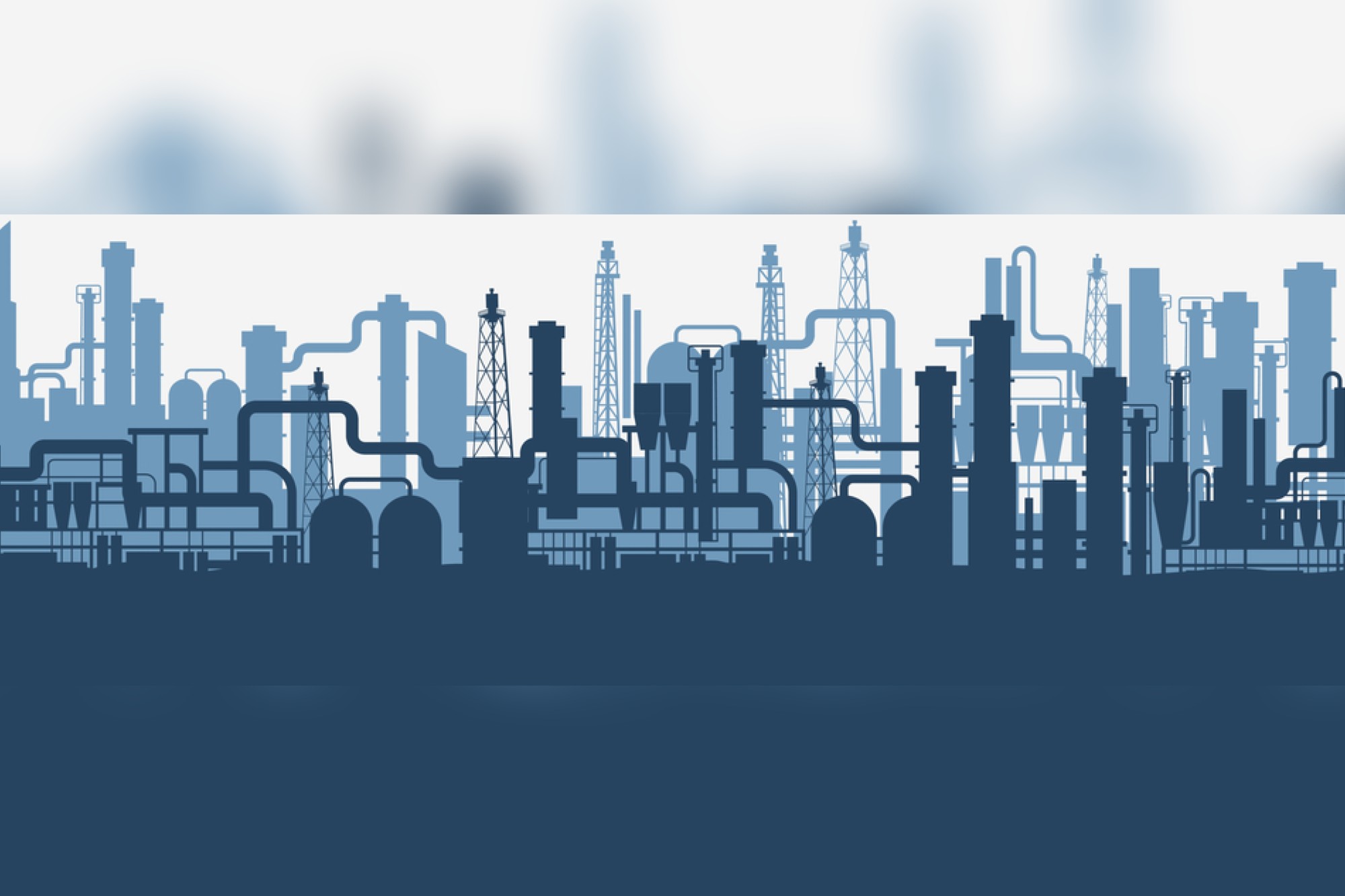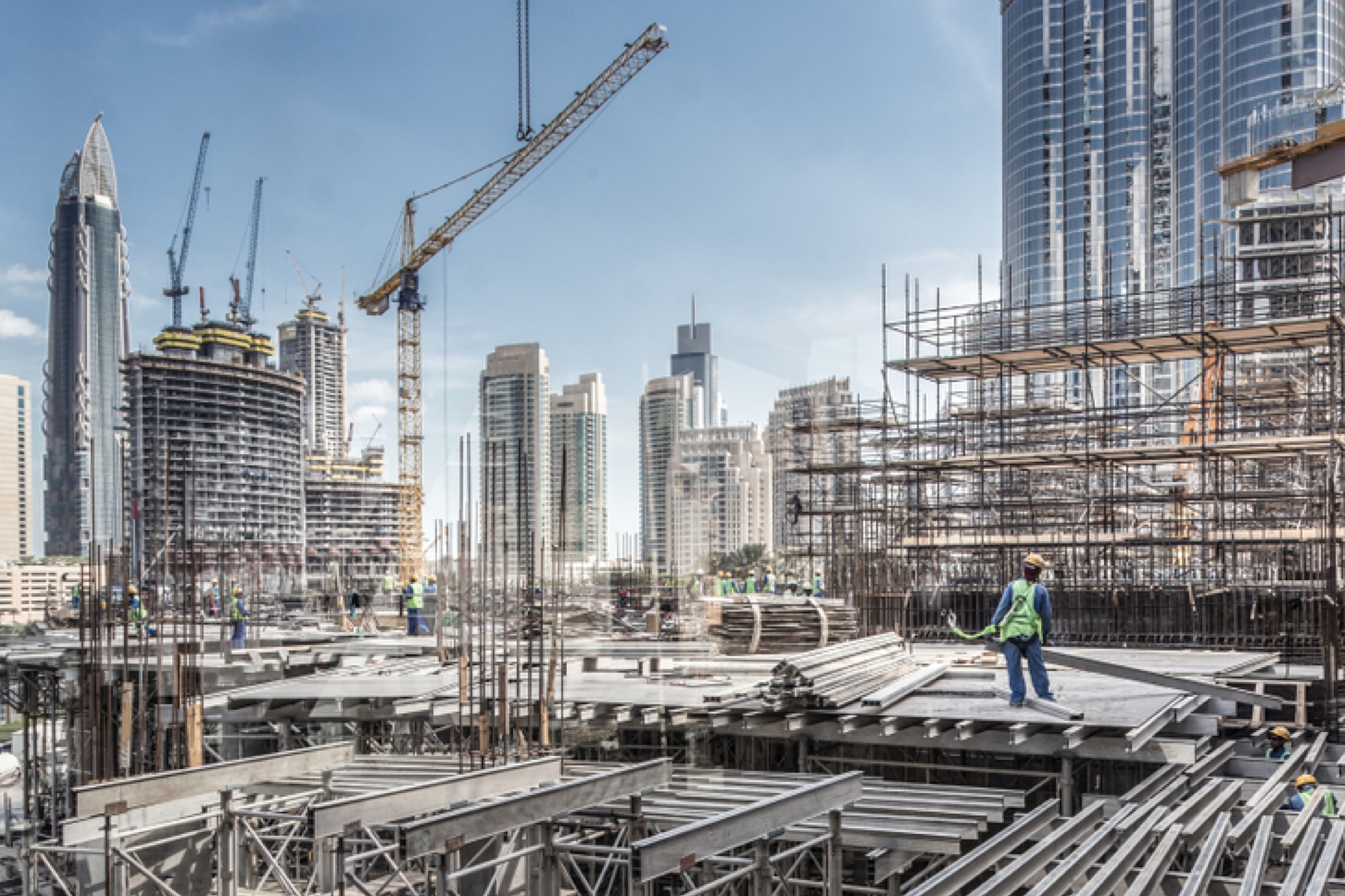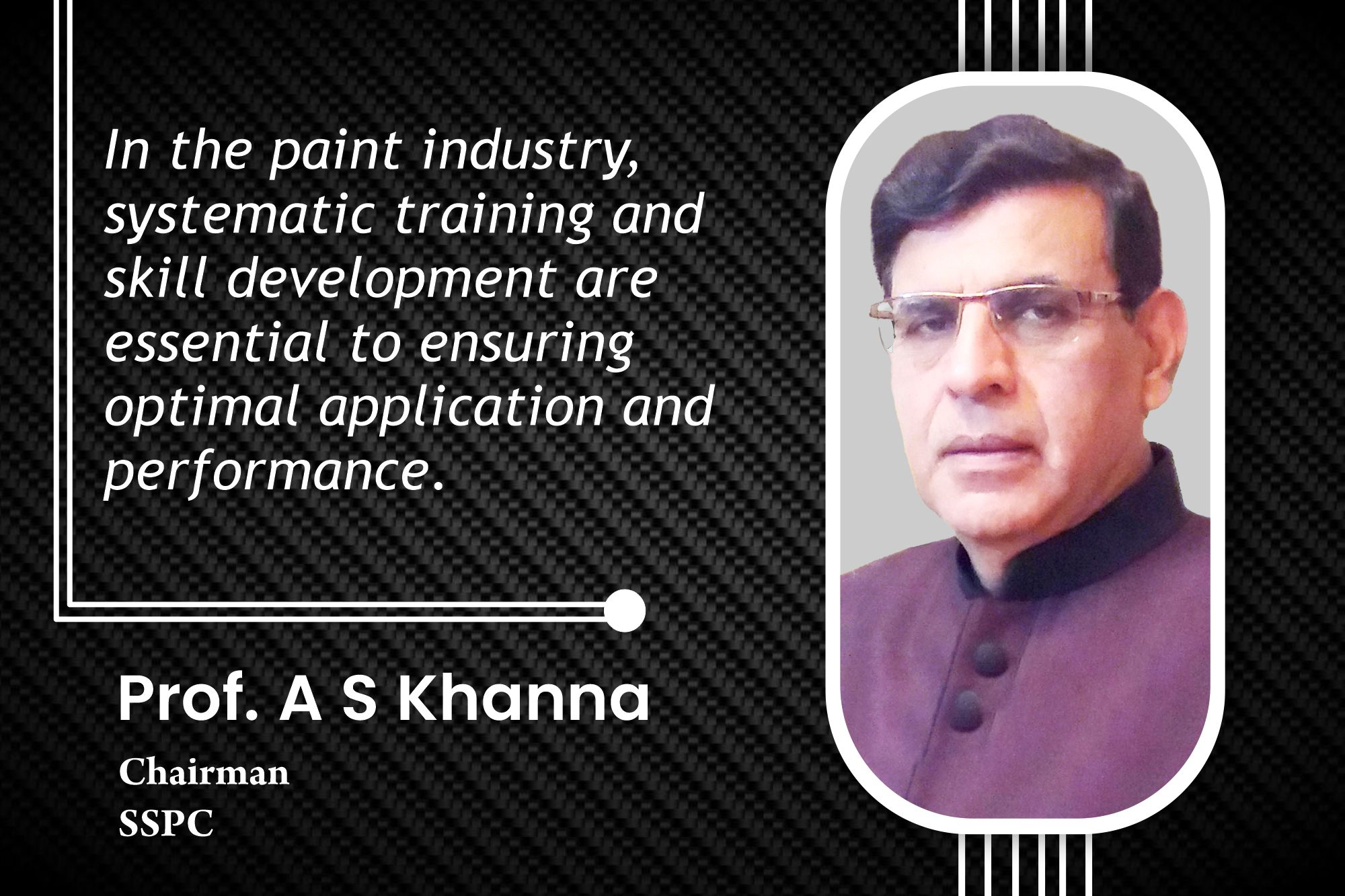Waterproofing techniques that address problems effectively
By Edit Team | December 14, 2015 9:00 am SHARE

Modern technique in waterproofing aims to understand the functional behaviour of the structure, understand the properties of the available materials arrive at a system, which is best suited for the structure and incorporate the system at the design stage only.
Modern technique relies basically on two main fool proof and simple waterproofing systems, which are as follows:
• Crystalline waterproofing system
• Flexible membrane water proofing system.
Crystalline waterproofing system
This system involves blocking the water bearing capillaries with insoluble crystals. This method is used for waterproofing water-retaining structures like overhead/underground water tanks, sunk slabs of bathrooms and toilets, swimming pools, basements, terrace gardens etc. The main product in this system is a grey or brown looking powder.
The method of treatment involves saturating with water the surface to be treated. Then mixing two and half volume of the powder with one volume of water to form neat consistency hot slurry. This slurry is brush applied on the saturated surface. The active ingredients in the slurry pass through the water bearing capillaries and react with calcium oxide in the concrete to form insoluble crystals, which effectively block the capillaries. Further the chemical ingredients of the product remain in concrete to reactivate the process of crystallisation as and when a new capillary is developed. This system of water proofing the water retaining structures is practiced in all the developed countries.
Flexible membrane waterproofing system
The main product used in this system comprises of two components, one liquid and the other is a powder packed roughly in the proportion of 1:4 by weight. The liquid component is an acrylic emulsion and the powder component is a polymer-modified cement with film forming chemicals and fillers, and some manufacturers add reinforcing fibres to make the product extra effective. When these two ingredients namely the pre-weighed powder and the liquid are mixed together an uniform slurry results. This slurry is brush applied on the roof surface, which upon drying forms a flexible film. Since there is cement in this product its compatibility with concrete is excellent.
The film further allows the breathing of the concrete without any hindrance hence there is no problems of its de-lamination from the concrete surface. This film being flexible takes care of the deflections in the slab and the movements caused because of primary or secondary settlements, movements due to wind loads and temperature stresses developed in the concrete. This system can be used on surfaces, which had bituminous treatment earlier.
The failure of waterproofing systems
Especially in large buildings waterproofing systems fail if the control joints are not in position or not properly executed. This failure occurs after one complete year when the structure has passed through one complete summer and the winter cycle. One can’t repair such failures. It needs a different type of approach involving provision of crack inducer joints and then tackling the waterproofing in movement restricted bays.
Application of a waterproofing product in non-specified areas, such as, using a crystalline waterproofing system in waterproofing the terrace or using a flexible membrane system in the water tank results in failures even though the products themselves may be genuine.
Stretching the coverage of the products beyond the specified limits by the manufacturer results in inefficiency of the product and hence a failure.
Lack of ambiguity between clients and architects
Generally, architects in India, do not specify in depth waterproofing details and leave this aspect generally to ignorant client to chose whatever system he likes, and many structural designers give least importance to the control joints. As a result of this many systems have failed in several prestigious buildings and the blame went to waterproofing contractors or the product manufacturer. There is a need for the architects and the structural designers to understand the various systems available and specify them clearly and in sufficient detail, taking into consideration the in-service conditions of the structure. The client should also insist on the architect to provide waterproofing design details in advance so that no ambiguity remains till the end. This would give enough time in selecting the specified material.
Cookie Consent
We use cookies to personalize your experience. By continuing to visit this website you agree to our Terms & Conditions, Privacy Policy and Cookie Policy.





















































